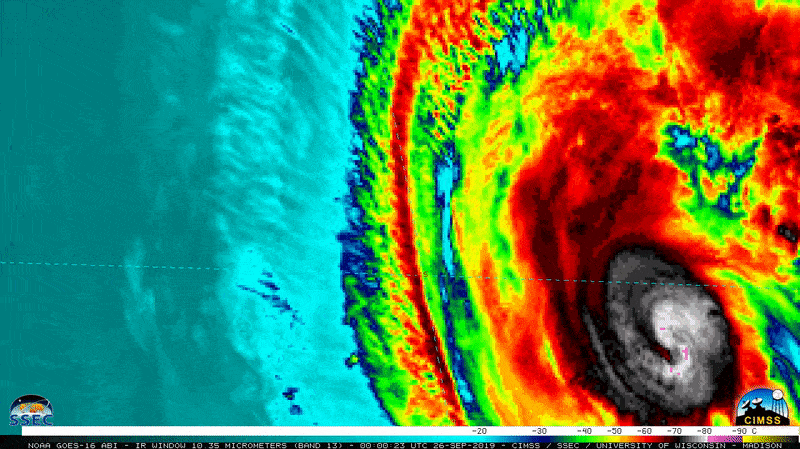When you buy through links on our site , we may earn an affiliate commissioning . Here ’s how it go .
Hurricane seasonin the Atlantic Ocean basin ( which includes the northerly Atlantic , the Gulf of Mexico and the Caribbean Sea ) formally begins on June 1 and ends on Nov. 30 each yr . There is a set list of epithet , shape by the World Meteorological Organization , that will be used for any storm that reaches tropic storm status or higher ( tropical storm have winds of 39 miles per hour , or 63 km / hydrogen , or gamy ) .
Each listing is used on a six - year rotating basis — so the names used for 2013 will be used again in 2019 . unexampled names are added to the leaning when an old name is retired , which happened most of late withHurricane Sandy(it was replaced by " Sara " on the now-2018 list ) . name are retired when the damage work by a storm would make using its name again insensitive to those touch by an early violent storm .

Hurricane Sandy
Each list of hurricane names in the Atlantic watershed alternates between manful and female names , run through the ABCs ( though there are no name beginning with Q , U , X , Y or Z ) .
Below is the inclination of 2013 names . The inclination will be updated with the latest news on each storm as it forms .
Tropical tempest Andrea- Tropical Storm Andrea kicked off the 2013 hurricane time of year , forming in the Gulf of Mexico on the evening of June 5 , then make landfall over Florida , dumping considerable amounts of pelting and even breed some tornadoes . The storm continued up the East Coast of the United States , continuing to drop dense rain and causing implosion therapy .

















